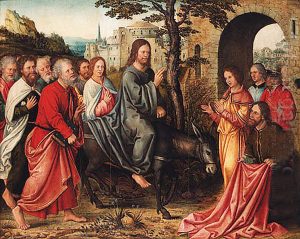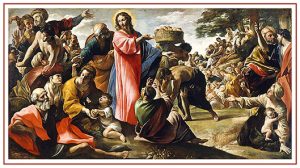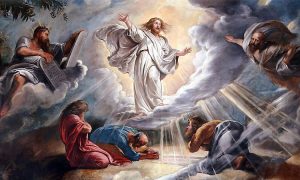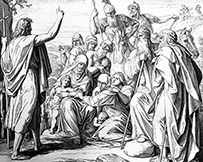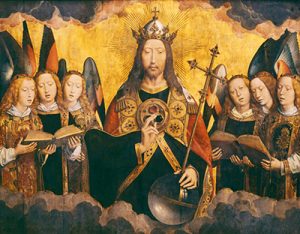Palm Sunday will be celebrated in the traditional Latin form with the Blessing of Palms, Procession and High Mass at St. Stanislaus Church, StateStreet at Eld Street, in New Haven on April 2, at 2:00 pm. The celebrant will be The Reverend Peter Lenox, Episcopal Vicar for Liturgy and Worship, Diocese of Bridgeport.
In the liturgy of Palm Sunday, the two-fold point of view from which the Church regards the Cross is expressed in two ceremonies, one marked by joy and the other by sadness. First comes the Blessing and Procession of Palms, in which everything overflows with a holy joy, enabling us after twenty centuries to revive the spirit of the magnificent scene of our Lord’s triumphal entry into Jerusalem. Then follows the Mass with its chants and lessons relating exclusively to the sorrowful memory of our Redeemer’s Passion.
We should keep carefully a blessed palm branch in our home. This palm is a sacramental, and, fastened to our crucifix, should serve to remind us of the victory gained for us by Christ on the Cross.
Music for the service performed by members of the Schola Cantorum of the St. Gregory Society, will include the proper Gregorian chants for the the Blessing of Palms, Procession and Mass, the Missa ‘Orbis Factor’ ordinary (Vatican ed. XI), the motets “Pueri Hebraeorum” by Tomás Luis de Victoria, and “Adoramus te, Christe” by Orlando di Lasso, and the plainsong hymn, “Vexilla Regis prodeunt.”

